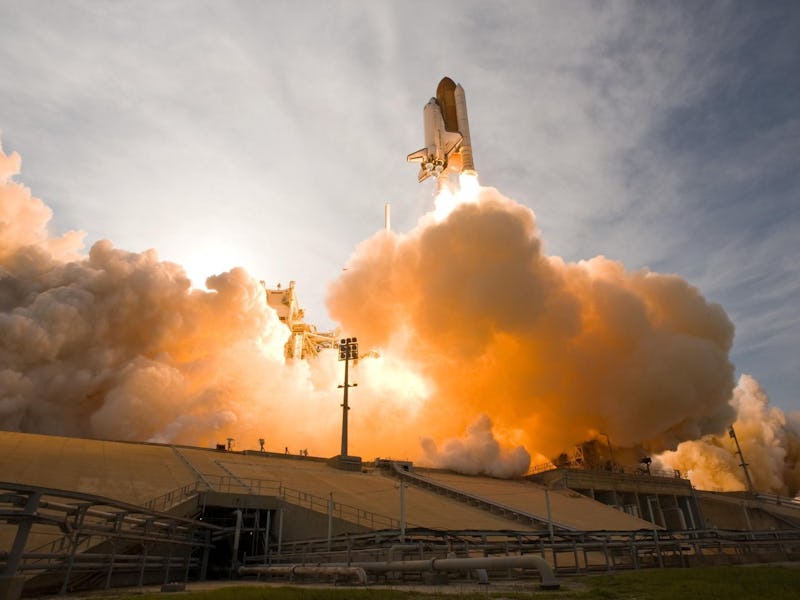How NASA Makes Money, Contributes to the United States Economy
We're talking $7 to $21 returned for every invested dollar.

NASA’s proposed 2019 budget comes in at $19.9 billion. The reasons to invest in NASA go beyond exploring the universe and getting to the moon. Technology from NASA projects has resulted in MRI machines, cell phone cameras, memory foam, and a whole smattering of safety features in airplanes, which consequently play a fundamental part in supporting the economy down here on earth.
NASA can spend a pretty penny. New Horizons, which brought us historically close to Pluto, cost approximately $700 million, and the Curiosity Rover ran a whopping $2.5 billion.
That may seem like a lot of spending, but for every dollar NASA receives, it reportedly returns $7 to $21 back to the American public through its Technology Transfer Program. This program’s whole purpose is to identify technology, inventions, and innovations that might have some use outside of their original space program. If an idea is new and has commercial viability, this program will not only fund the research, but it will provide the findings to the public at either a small cost or, for some startups, no charge at all.
“We’ve determined there are jobs created from these technology transfers. And yes, revenue is generated. Companies are successful using NASA technology,” says Dan Lockney, executive of the Technology Transfer Program, in the video above.
In the 2019 budget proposal statement, acting NASA administrator Robert Lightfoot said the following:
NASA science increases understanding of our planet and our place in the universe, pursues civilization-level discoveries, such as whether there is life elsewhere in the universe, and scouts for knowledge to inform future human advancement into space.
With the Technology Transfer Program, NASA will continue to do just that.
As it turns out, NASA is more than a bunch of astronauts jonesing to find life on Mars.